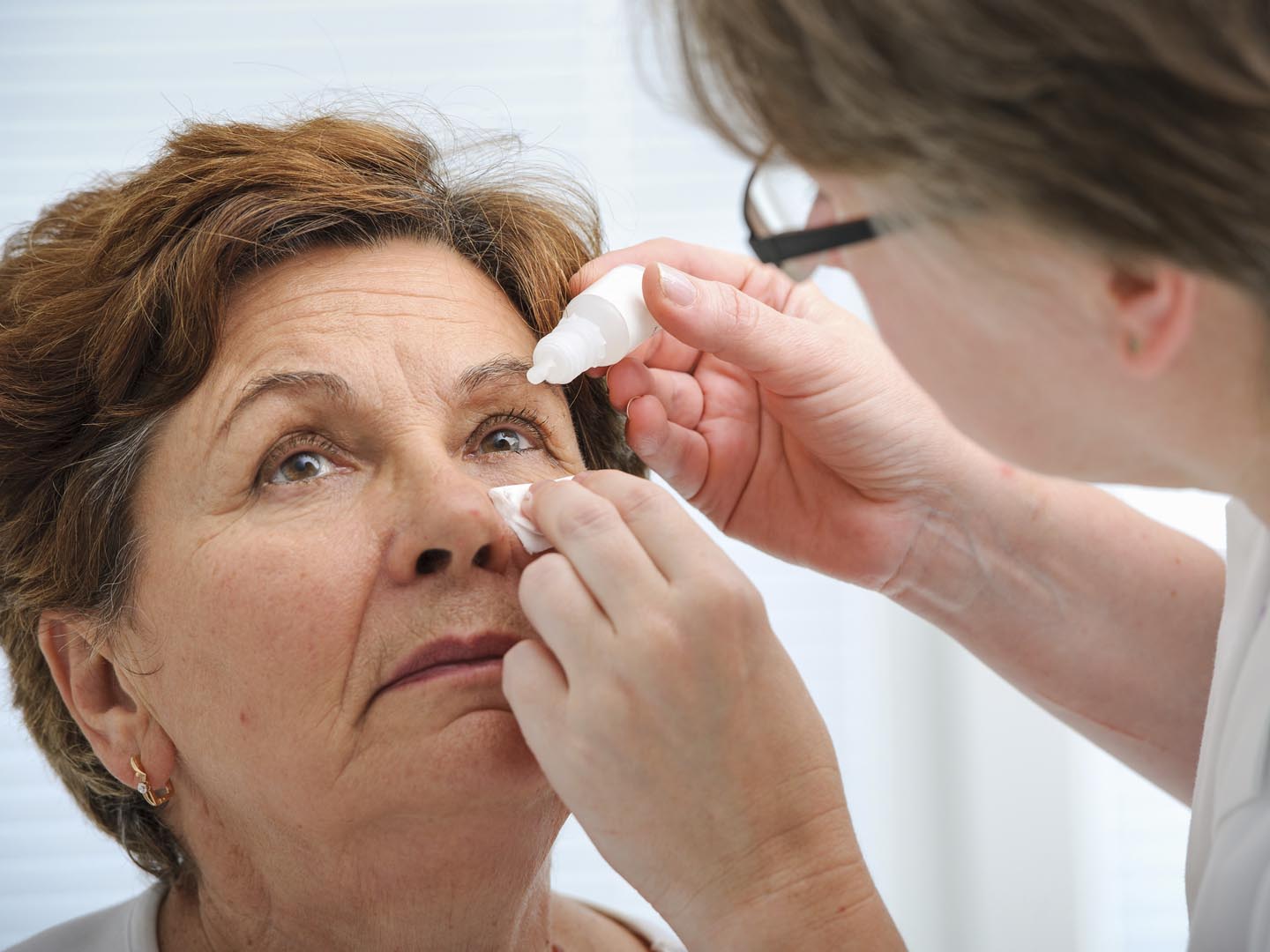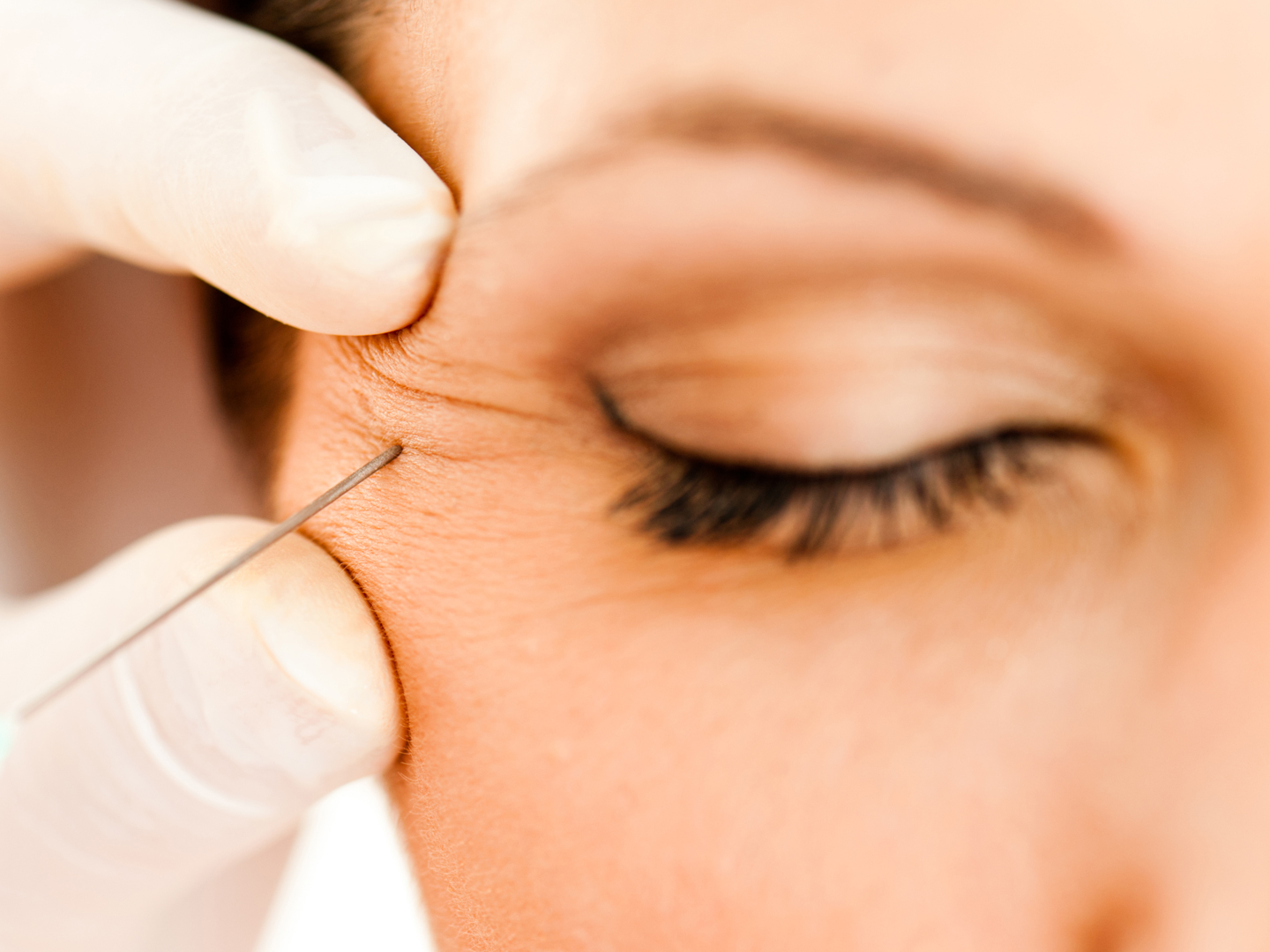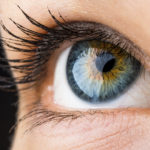Pink Eye

What is pink eye?
Also known as infectious conjunctivitis, pink eye is inflammation of the membrane (called the conjunctiva) that lines the eyelid and eyeball. Marked by itching and redness in one or both eyes, it is extremely common in young children and is usually caused by bacteria or a virus. Pink eye is also highly contagious.
What are the symptoms of pink eye?
Symptoms of pink eye can affect one or both eyes and include:
- Redness
- Itchiness
- Blurred vision
- A feeling or grittiness or having something stuck in the eye
- Tearing and discharge
- Pain or discomfort to bright light
- Crusts that form on the eyelids overnight
What are the causes ?
Sometimes conjunctivitis occurs as an allergic reaction to pollen, dust or other foreign material in the eye – such as contact lens solution. When this is the case, the itching and irritation may be severe, the eyes may be very watery and even painful. Sometimes ordinary household chemicals and personal-care items such as spray perfumes and deodorants cause the irritation.
Conjunctivitis can also be due to a bacterial infection. This is more common among children than it is among adults and often is associated with a cold or sore throat. With bacterial infections, both eyes usually are affected, and you may notice a thick yellow discharge crusting over the eyelashes, especially when you wake up in the morning.
Finally, conjunctivitis can be caused by viruses, particularly those associated with colds as well as measles and other childhood illnesses. Viral conjunctivitis is very common. Onset is abrupt and usually in one eye, with the other eye becoming infected a day or two later. Excessive tearing and redness without pus-filled discharge are the usual symptoms.
Who is likely to develop pink eye?
Viral conjunctivitis is extremely common in young children, who are often in close quarters with other children in school or daycare and tend to touch and rub their eyes frequently. Because viral pink eye is very contagious for a week or two, it’s easy for children to pass it on to each other.
Other people at higher risk for developing pink eye include those with allergies to airborne pollen and those who wear contact lenses, particularly extended-wear brands, as both these groups tend to touch and rub their eyes more frequently.
How is pink eye diagnosed?
Physicians typically diagnose pink eye by examining the patient’s eye. A swab test of secretions from the conjunctiva can confirm the diagnosis and help doctors determine the infectious agent.
What is the conventional treatment ?
Viral pink eye will resolve on its own without treatment, although it can take up to several weeks for symptoms to completely go away. Because it can be difficult to distinguish between viral and bacterial conjunctivitis, many doctors prescribe antibiotic eye drops to anyone with pink eye. The antibiotics won’t be effective against viral infections, but they may help prevent a secondary bacterial infection.
Conventional physicians typically treat bacterial pink eye with antibiotic eye drops or ointment for seven to 10 days, and symptoms usually clear up within a few days.
Pink eye caused by allergies is usually treated with allergy medications and eye drops that relieve itchy eyes.
What therapies does Dr. Weil recommend for pink eye?
In addition to conventional treatment, Dr. Weil recommends preventing the spread of infection by following these steps:
- Wash your hands well, often, and always before and after applying antibiotic drops
- Don’t touch your eyes with your hands
- Never touch the antibiotic bottle directly on the affected eye, and be careful not to touch the inflamed eye and then the other eye
- Use a new towel and washcloth every day
- Change pillowcases often
- Throw away eye any makeup used while infected, including mascara
- Don’t share cosmetics, washcloths, and eye products with others
- Keep infected children out of school or day care until a few days after treatment begins or the infection clears up.
To help soothe symptoms of pink eye, soak a clean cloth in warm water, wring it out, and apply it to the eyes.









